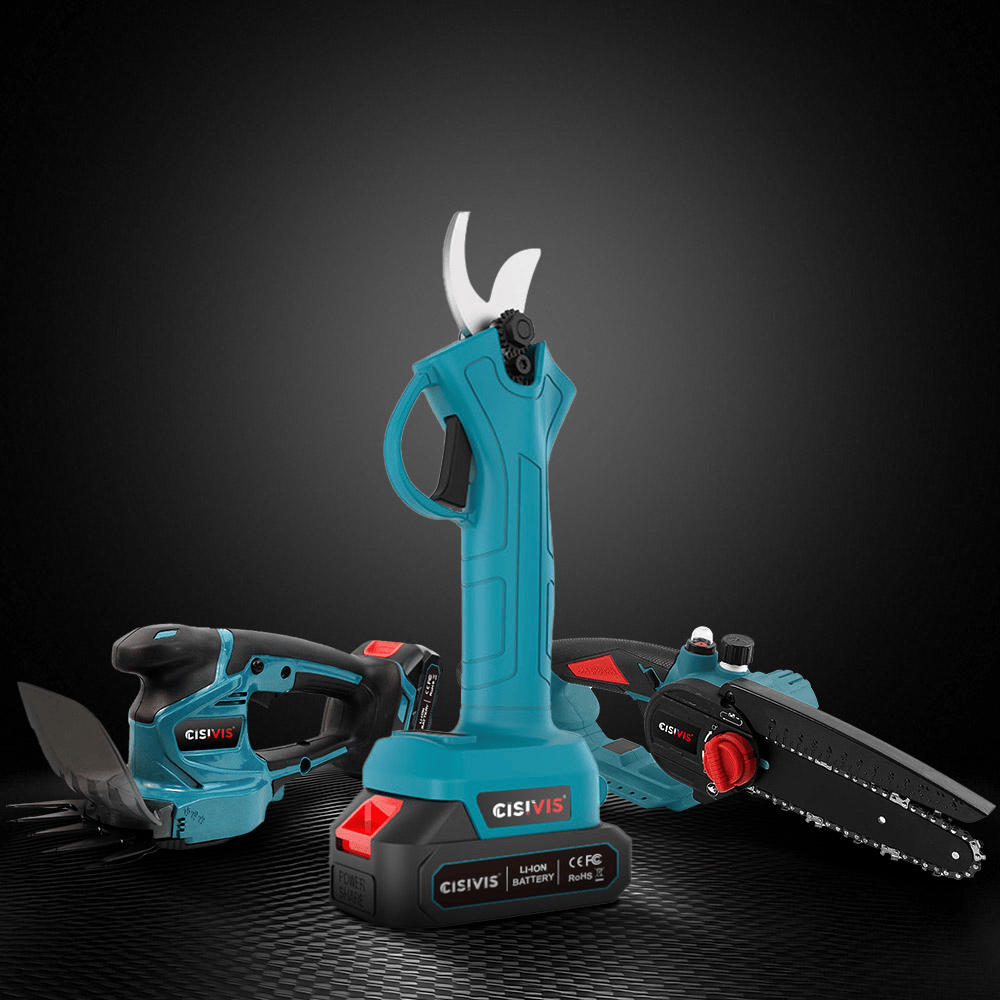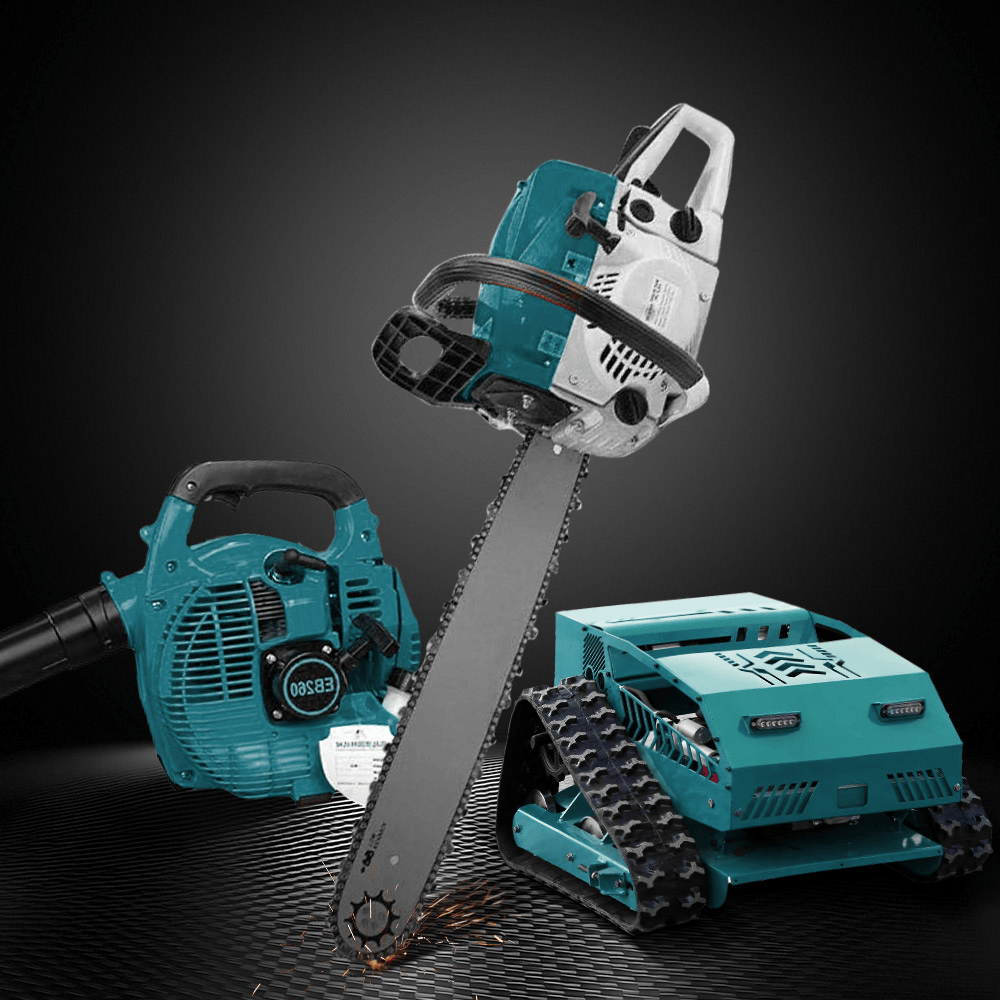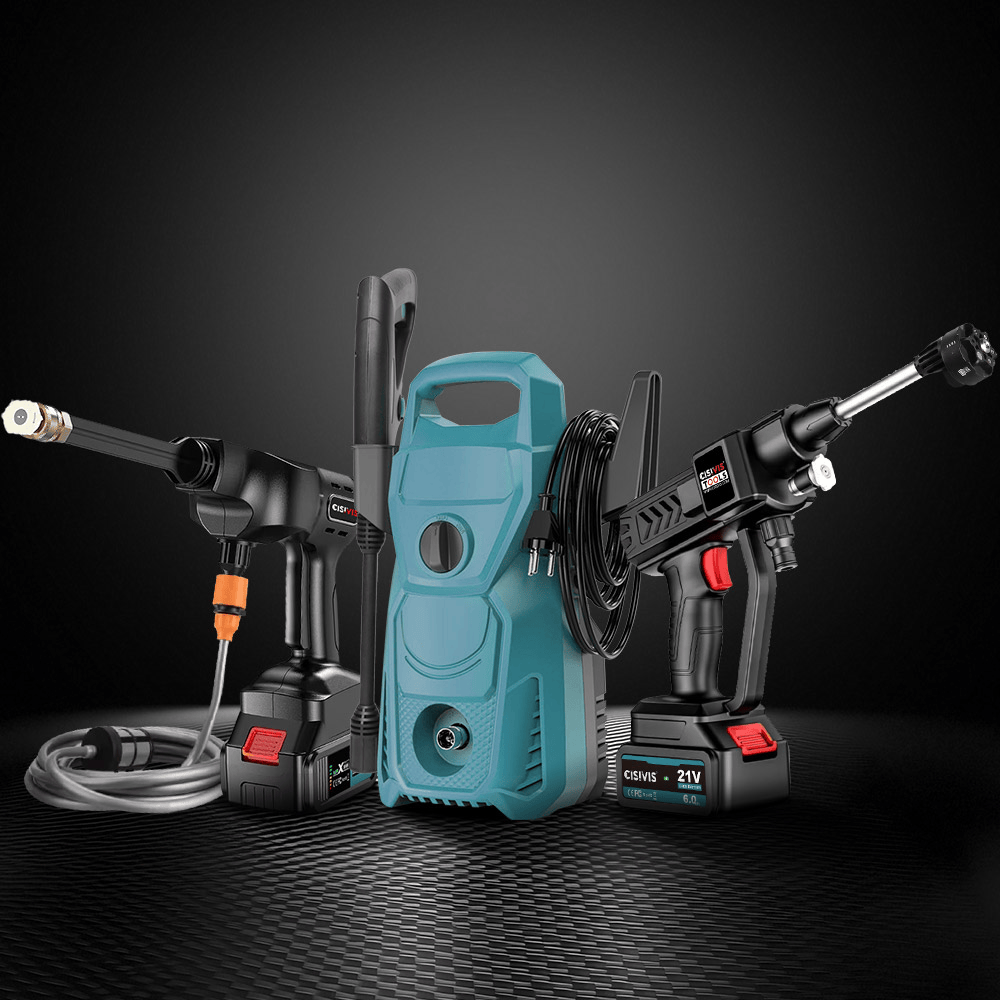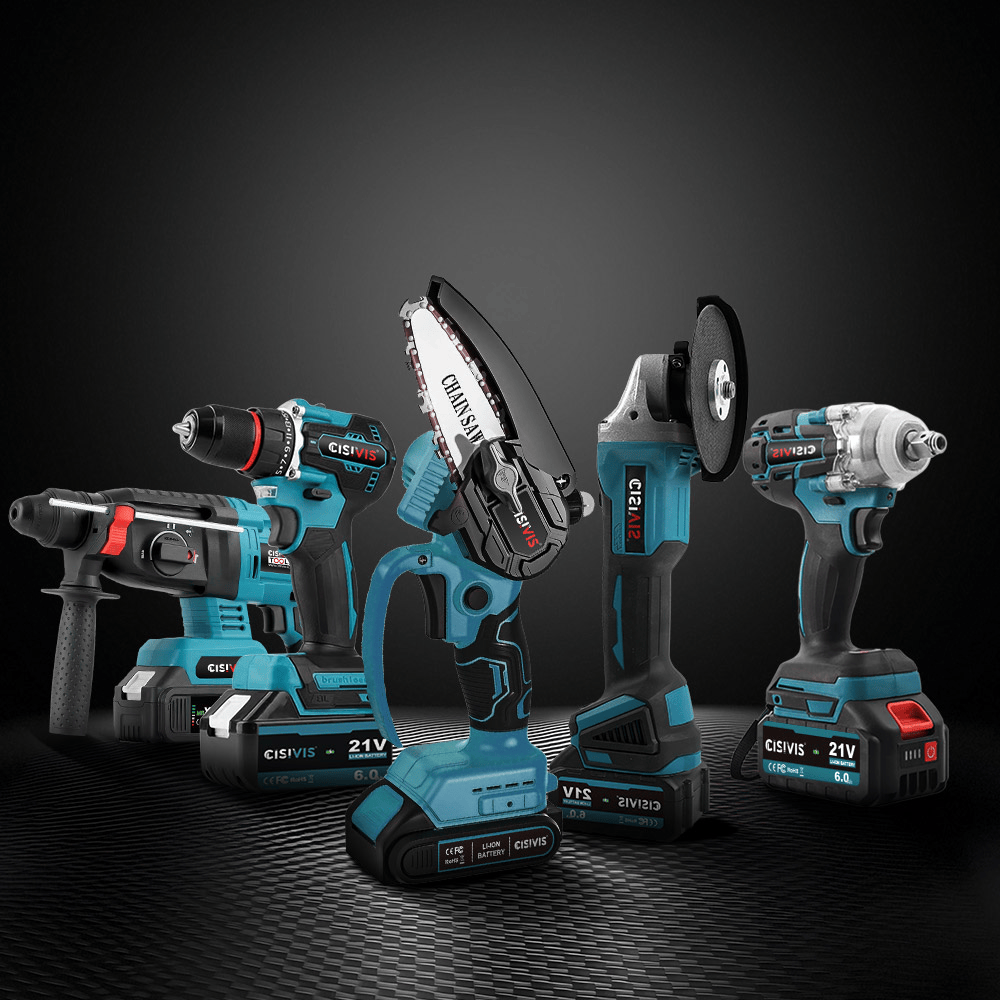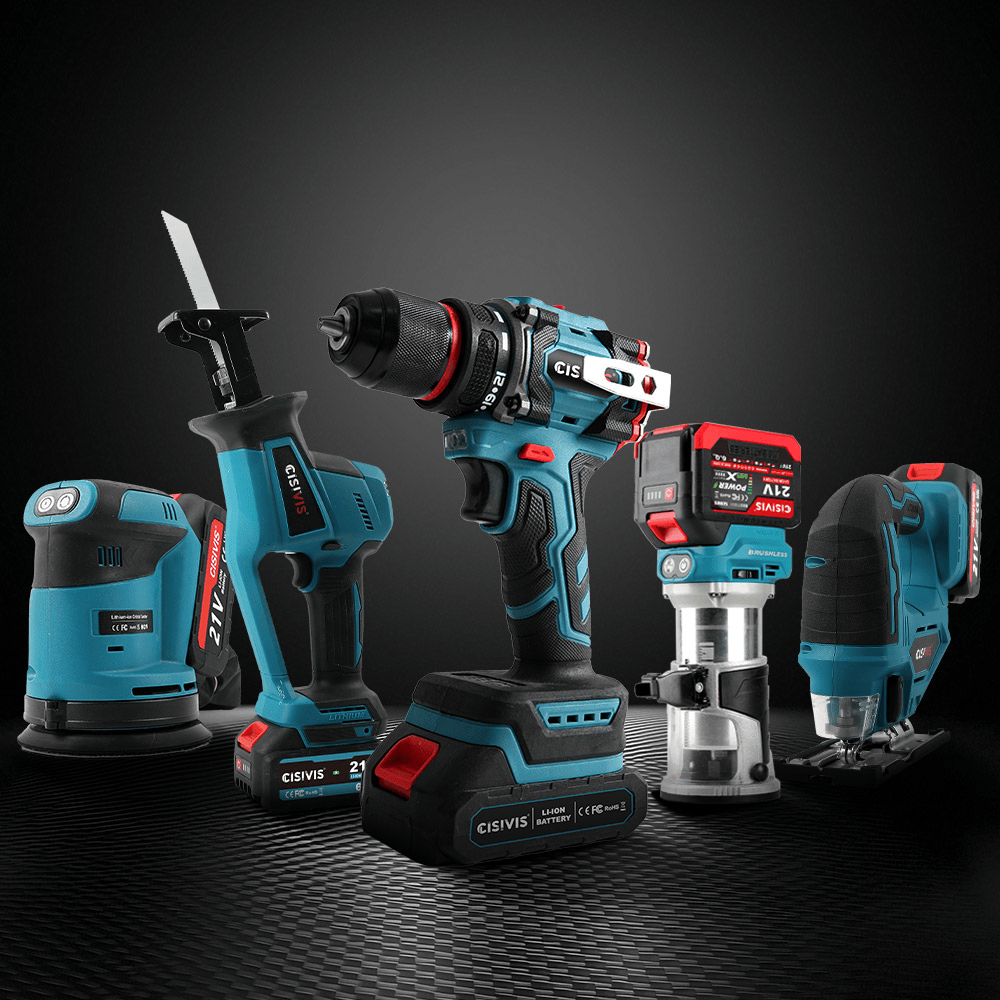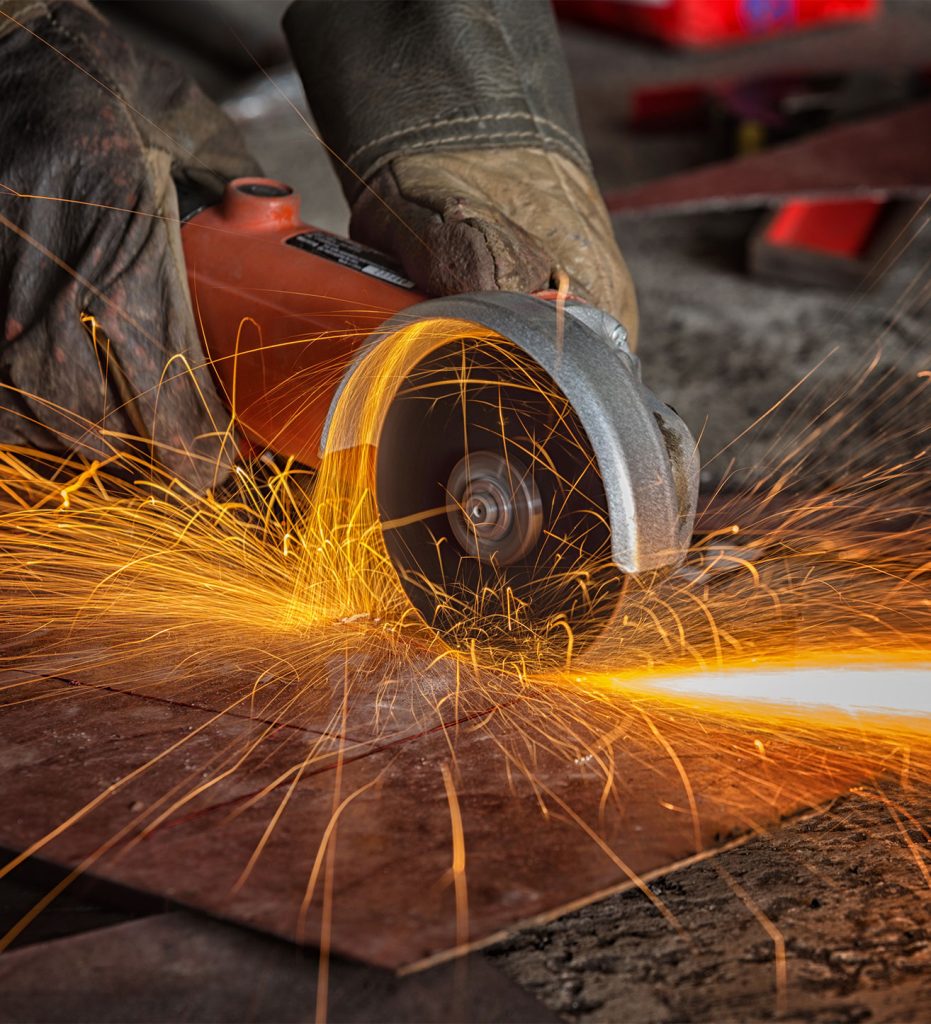- Cordless Drill
- Cordless Impact Drill
- Cordless Impact Wrench
- Cordless Ratchet Wrench
- Cordless Impact Driver
- Cordless Screwdriver
- Cordless Hammer Drill
- Cordless Angle Grinder
- Cordless Circular Saw
- Cordless JigSaw
- Reciprocating Saw
- Laser Level
- Cordless Polishers
- Cordless Pressure Washer
- Cordless Heat Gun
- Cordless Spray Gun
- Lithium Battery & Charger
- Power Tool Set
Heat Gun for Vinyl Wrap: The Ultimate Guide for Professionals
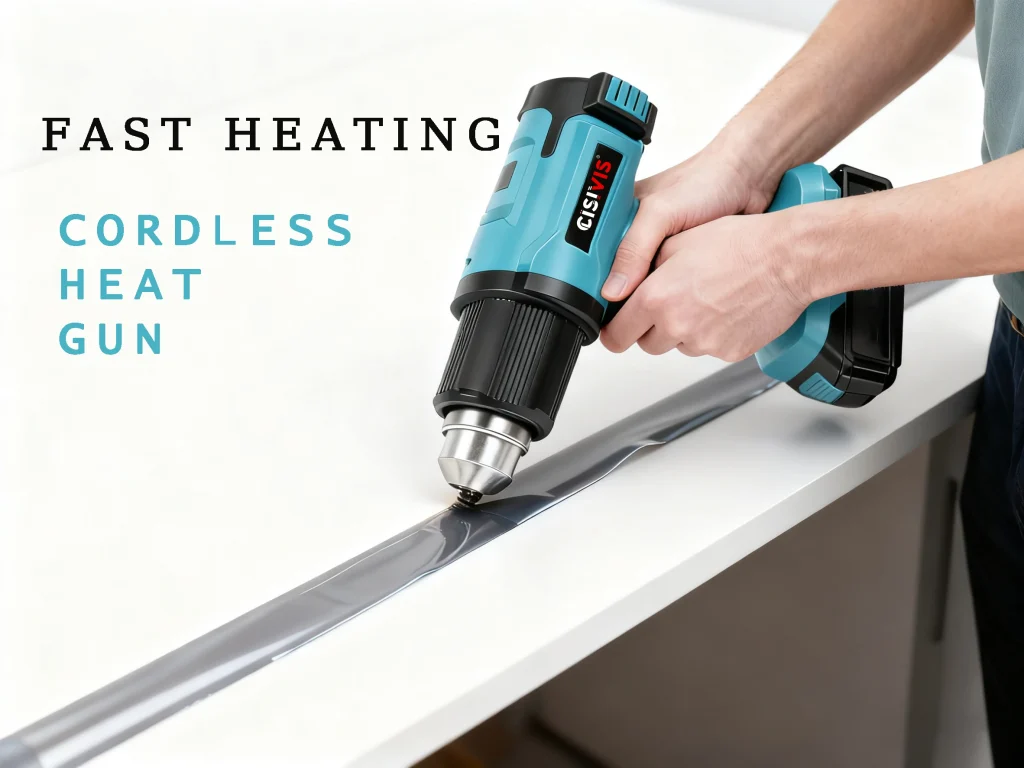
When it comes to vehicle wrapping or any large-scale vinyl application, one question repeatedly arises: do I need a heat gun for vinyl wrap?
The short answer: yes—if you want a high-quality, long-lasting finish.
In this guide, we’ll explore everything professionals need to know about heat guns for vinyl wrapping—how they work, how to use them, and how to choose the best one for your business. Whether you’re an automotive wrap shop, an industrial buyer, or a tool distributor, this article will help you make the right choice.
Why You Need a Heat Gun for Vinyl Wrap
Vinyl wrap is sensitive to temperature. When you apply heat, the vinyl becomes soft and flexible, allowing it to stretch and conform perfectly to curves, edges, and recesses. This process—called heating vinyl wrap—activates the adhesive for better bonding and eliminates wrinkles or bubbles.
Without the right heat gun for wrapping, installers often struggle with uneven adhesion and peeling edges. That’s why professional wrap shops always use a heat gun for wrapping cars, not a regular hair dryer.
A proper automotive heat gun provides higher, more stable temperatures (usually 300–600°C) and consistent airflow, ensuring precision and control. The result? A smoother, more durable finish that looks factory-applied.
What Makes a Good Heat Gun for Vinyl Wrapping
If you’re wondering what heat gun to use for vinyl wrap, look for the following features:
1. Adjustable Temperature and Airflow
Different vinyl films require different levels of heat. The ideal working range is around 70–100°C on the vinyl surface, but the tool itself should reach at least 300–600°C. Adjustable airflow helps you work safely on delicate parts like trim and mirrors.
2. Multiple Nozzles
Professional models come with interchangeable nozzles:
- Flat nozzle: for large, even surfaces
- Deflector nozzle: for corners and tight edges
- Round nozzle: for precise spot heating
3. Ergonomic and Safe Design
Choose a lightweight, balanced body that’s comfortable to hold for long periods. Features like overheat protection, cool-down mode, and a built-in stand are essential for safety.
According to Princeton University’s Environmental Health & Safety Department, heat guns can reach up to 1200°F, and because there’s no visible flame, users must stay alert to prevent burns or fires. Always follow proper safety practices when operating your tool.
4. Build Quality and Certification
For industrial or professional use, look for heat guns with CE, CSA, or UL certification. A strong motor, durable heating coil, and high-quality housing ensure longevity and reliability under continuous use.
5. Corded vs. Cordless Heat Gun for Vinyl Wrap
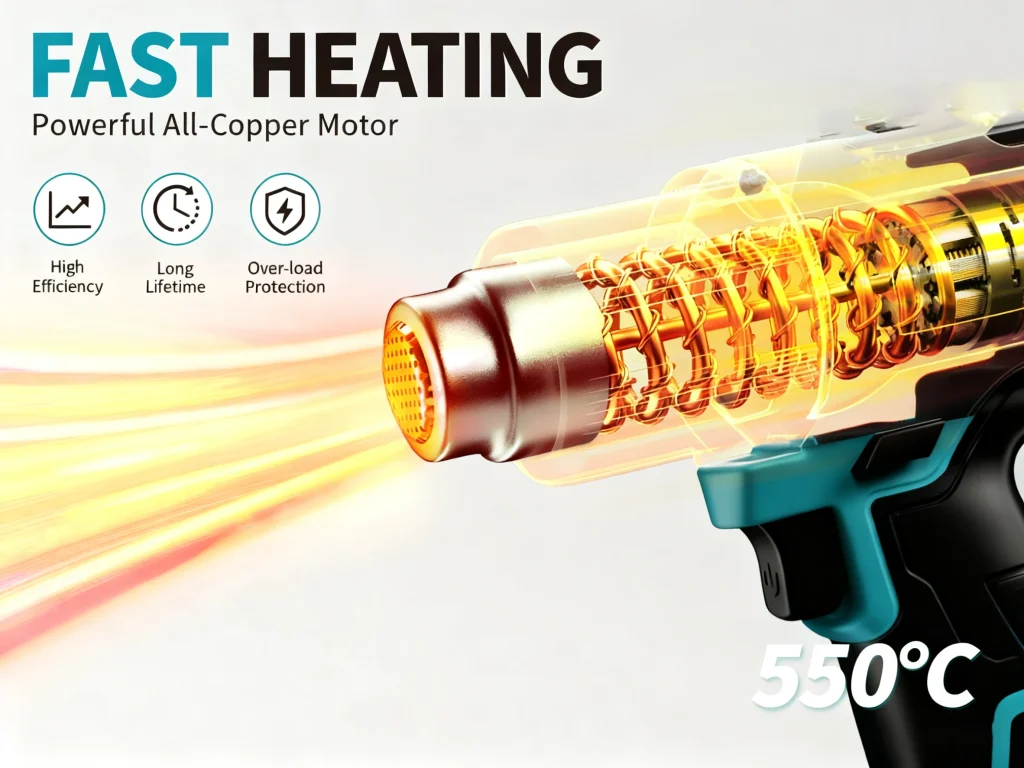
Corded heat guns offer continuous, reliable power—perfect for large wrap projects.
Cordless heat guns for vinyl wrap are ideal for mobile installers or fieldwork, where portability matters more than continuous use.
Each type has its audience; many professionals keep both for different job scenarios.
How to Use a Heat Gun for Vinyl Wrap
Using a heat gun correctly is key to achieving a flawless wrap. Follow these steps:
- Clean and Prepare the Surface
Remove dirt, wax, and grease. The surface should be cool and dry. - Position the Vinyl
Align and apply the vinyl loosely to the area before heating. - Apply Initial Heat
Set your heat gun to medium heat and keep it about 10–15 cm (4–6 inches) from the surface.
Gently warm the vinyl until it becomes more flexible. - Stretch and Shape the Film
Use a squeegee to press and stretch the film into curves and recesses. Avoid overheating—it can distort the material. - Post-Heat for Final Adhesion
Once the vinyl is fully applied, increase the temperature slightly and post-heat the edges to around 90–100°C.
This helps activate the adhesive for long-term durability. - Check for Bubbles and Lift
Inspect your work after cooling. If any lifting occurs, reheat gently and smooth it out. - Allow Cooling Time
Let the vinyl rest before exposing it to washing, sunlight, or high-speed driving.
Removing Vinyl Wrap with a Heat Gun
When removing old or damaged vinyl, the same principle applies—heat softens the adhesive, allowing for clean removal without residue.
Using a heat gun for vinyl wrap removal saves time and prevents damage to the car’s paint surface. Keep the airflow moving, and don’t hold the heat in one spot for too long.
Frequently Asked Questions
Do I Need a Heat Gun for Vinyl Wrap?
Yes. For professional wrapping, a heat gun is essential to properly stretch and activate the film adhesive.
What Heat Gun Should I Use for Vinyl Wrap?
Use a variable-temperature automotive heat gun with at least 1500W of power, adjustable airflow, and interchangeable nozzles.
What Is the Best Heat Gun for Vinyl Wrap?
The best choice depends on your needs. For example:
- Shop-based installers prefer corded, high-power models.
- Mobile installers prefer cordless heat guns for flexibility.
A good balance of power, comfort, and control makes the real difference.
Can I Use a Hair Dryer Instead?
No. Hair dryers can’t reach the required temperature or airflow for vinyl installation, leading to weak adhesion and poor finish.
Is Heat Gun Necessary for Vinyl Wrap Removal?
Absolutely. It ensures the film comes off easily without damaging paint or leaving glue residue.
Professional Tips for Perfect Vinyl Wrapping
- Always test your heat settings on scrap material before applying to the vehicle.
- Keep the heat gun moving constantly to avoid hot spots.
- Use post-heating after finishing—especially on corners and edges.
- Work in a clean, dust-free environment to prevent imperfections.
- Choose a reliable brand that offers warranties and spare parts for long-term use.
Final Thoughts
The heat gun for vinyl wrap isn’t just another tool—it’s the difference between an average wrap job and a professional-grade finish. From heating vinyl wrap during installation to using the heat gun for vinyl wrap removal, precision and control are everything.
Whether you’re a workshop owner, distributor, or professional installer, investing in a high-quality automotive heat gun means faster projects, smoother results, and happier clients.
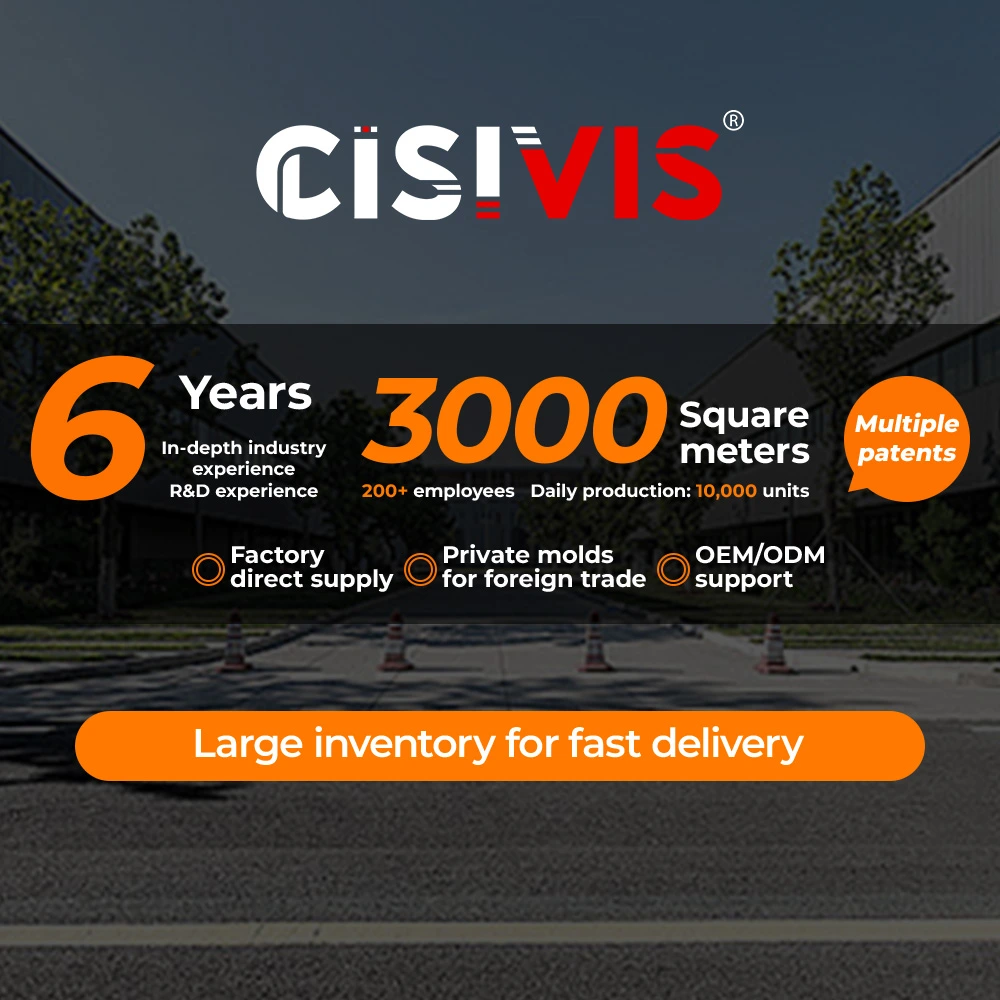
WHY YOU CAN TRUST CISIVIS
CISIVIS has over 6 years of experience in power tool R&D, delivering high-quality solutions worldwide. Our 3,000 m² factory, equipped with advanced machinery and strict quality control, ensures precision, efficiency, and a daily output of over 10,000 units for reliable bulk order fulfillment.
Our product portfolio includes a full range of power tools, including cordless drills, impact drills, impact wrenches, angle grinders, circular saws, jigsaws, chainsaws, lawn mowers, car washers, laser levels, cordless trimmers, polishers, paint sprayers, heat guns, and more. We also offer OEM/ODM services to meet diverse market needs.



